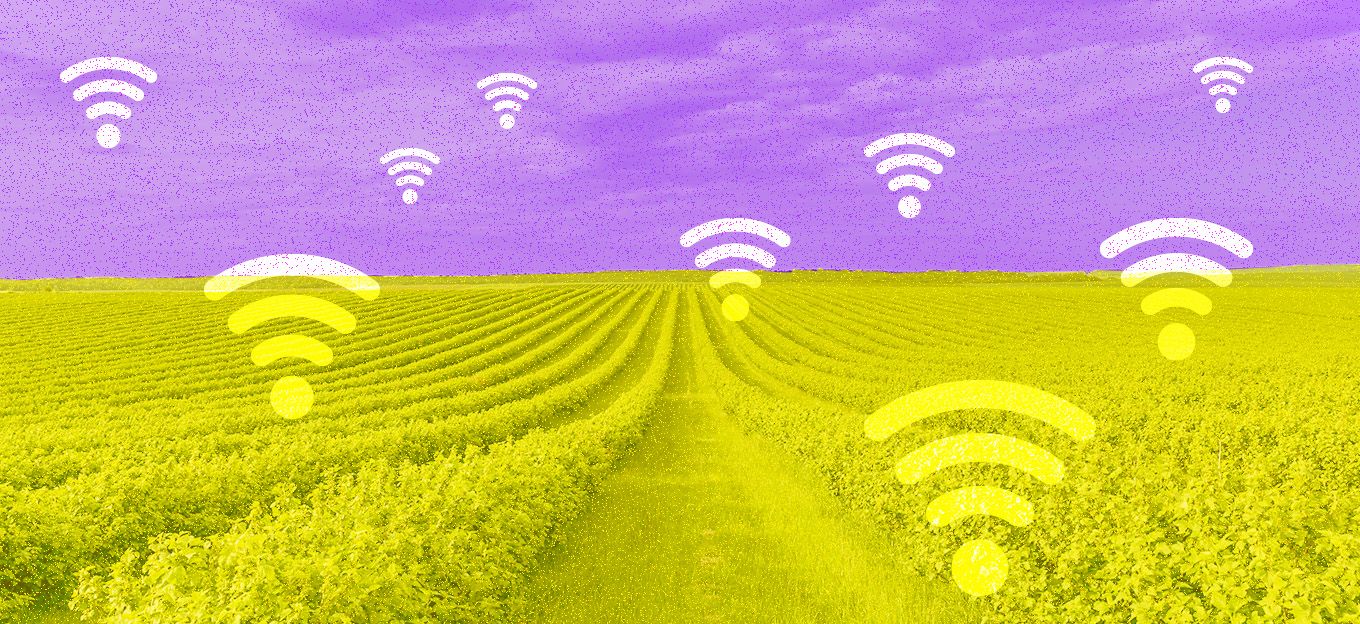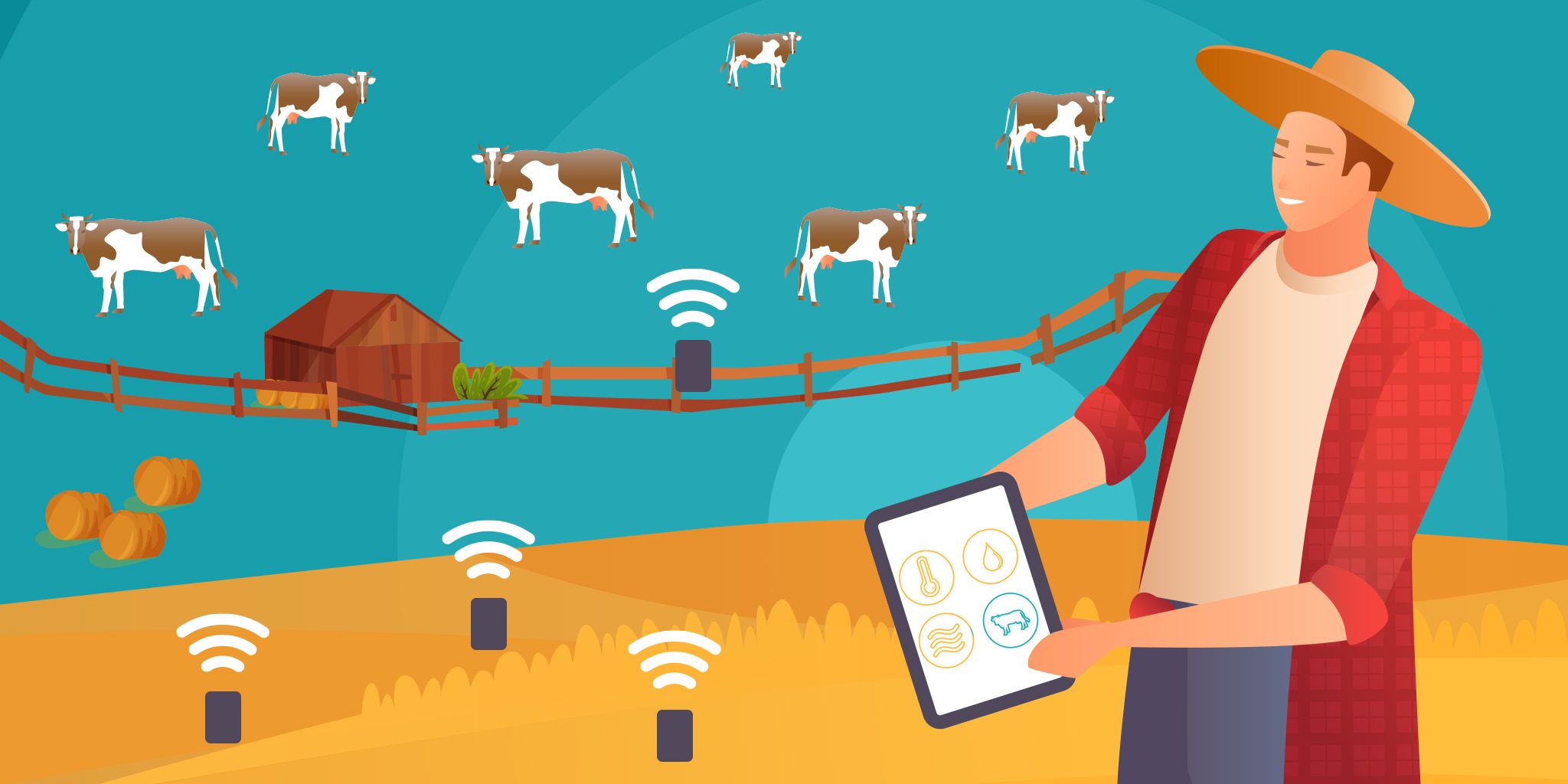Smart Farming: Mixed Reality and AI
Smart Farming: Mixed Reality and AI
- Last Updated: December 2, 2024
Vitaly Kuprenko
- Last Updated: December 2, 2024



Even in our modern world, farming remains a core industry. Human beings engaged in agribusiness are working day and night to increase crop yield and livestock growth. Mixed reality (MR) and artificial intelligence (AI) technologies represent some of the latest and most exciting avenues these agribusiness innovators are pursuing to transform classical farming into smart farming.
What Is Mixed Reality?
The new term “mixed reality" (or “hybrid reality”) is becoming more popular these days. It refers to the layering on of digital or simulated information onto the real world: a mixing of "real" reality and "virtual" reality, leading to one "mixed" or "hybrid" reality.
Whereas Virtual Reality (VR) transports you to a digitally generated world, Mixed Reality (MR) gives an opportunity to explore the union of a virtual environment and the real world simultaneously.

Image Credit: bridge.occipital
Why Is MR Useful for Smart Farming?
3D-mapping technology allows us to transform fields into virtual environments. Farmers can thereby create different scenarios of crop cultivation, aid remote equipment monitoring or control, and more. We're only just beginning to explore the potential layering digital information onto our physical worlds. Imagine you're a farmer, and let your imagination explore the potential Applications.
Machine Learning in Agriculture
Machine learning (ML) is a subset of Artificial Intelligence (AI). It's a technique derived from computational statistics by which, in a classical case, you feed massive amounts of data into statistical models in order to "train" them to recognize patterns in future data.
In agriculture, ML can work as follows: you feed your ML algorithm a dataset. For instance, you upload some photos with the descriptions like "corn," "wheat," "weeds," "soy," etc. You train your algorithm correctly to identify those kinds of things when, say, an autonomous tractor's camera starts taking in images that we—and now your ML algorithm—would know are "corn," "wheat," etc. And your algorithm would ideally continue to improve over time.
Farms can generate a lot of useful data on crop health, weather, soil, and more. Bearing in mind the capabilities of ML, agribusiness leaders can't ignore the potential value of ML applications in farming.
MR and AI Applications in Smart Farming
Mixed Reality: As we've discussed, applications in agriculture provide farmers an opportunity to observe crop conditions using MR-enabled "helmets" or "goggles." All camera feed data would either be edge-processed or sent to the cloud to for full-scale ML analysis.

Image Credit: huxley
Autonomous Tractors: These first appeared in 2012. Specialists added radio navigation, a laser gyroscope, and artificial intelligence to a tractor. As a result, the tractor was able to follow the route that a driver had previously trained it to follow. The main purpose of artificial intelligence in agriculture is to train systems to become autonomous.

Image Credit: John Deere
Computer Vision: With this kind of technology, tractors or other smart farming equipment would be equipped with cameras, GPS, and connectivity (probably cellular) capable of handling the video feed data throughput, which is significant. However, edge processing can enable some object detection on the tractor without requiring all data to be sent up to the cloud. A computer vision system allows the tractor to pathfind, detect obstacles, harvest certain kinds of crops but not others, etc.
AI-enabled Smart Irrigation: People use irrigators for watering plants or spraying chemicals, but today, more modern irrigation systems with integrated ML technology are able to distinguish weeds from crops and spray the former with herbicides. That means less herbicide being applied, and, therefore, lower costs and safer food.
Satellites with AI: A startup called Harvesting is able to analyze satellite data and predict corn yields through a proprietary machine learning algorithm that can identify the general condition of plants.
As our society moves closer and closer to smart farming, the profits and benefits are theoretically unlimited. Current results of smart farming applications are quite good. However, through artificial intelligence and mixed reality, we can go further.
The Most Comprehensive IoT Newsletter for Enterprises
Showcasing the highest-quality content, resources, news, and insights from the world of the Internet of Things. Subscribe to remain informed and up-to-date.
New Podcast Episode

IoT and AI in 2026
Related Articles





